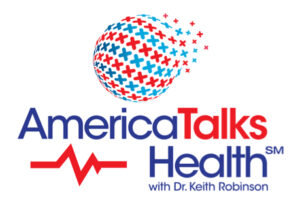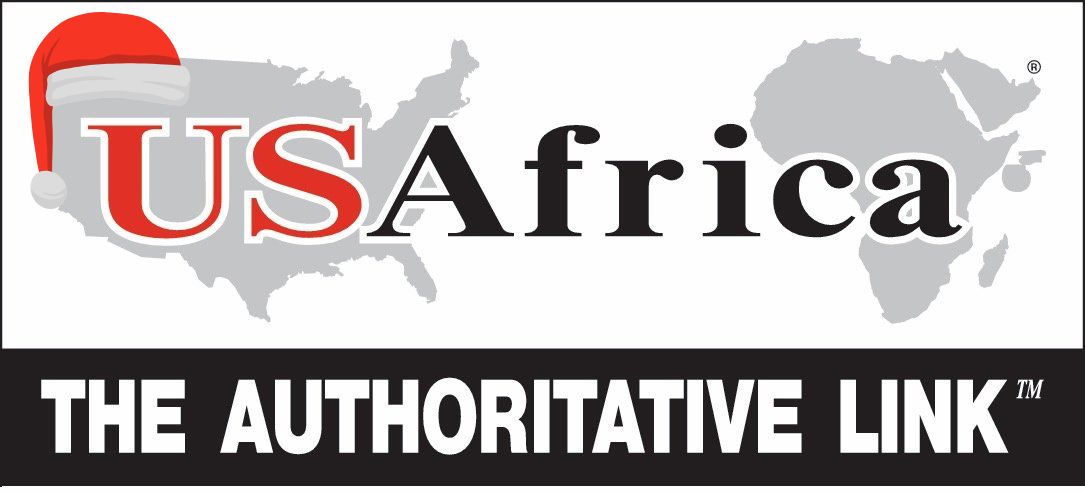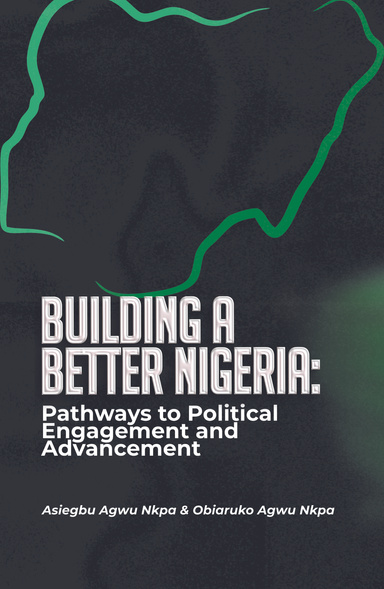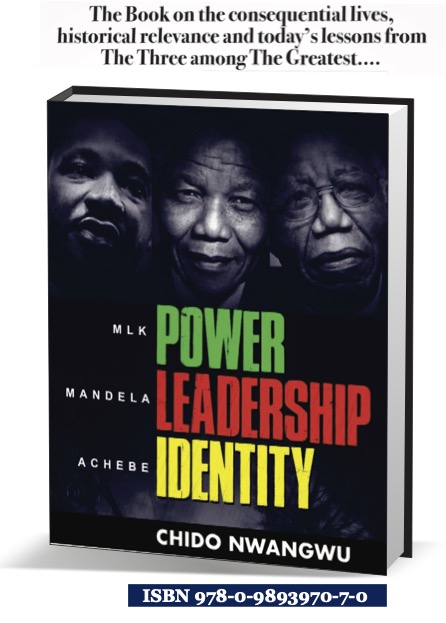Dr. Keith A. Robinson, DDS, and host of ‘America Talks Health’ is Executive Editor of USAfricaonline.com and USAfrica magazine, Houston
The rapid and relentless worldwide onslaught of the COVID-19 Pandemic pushed the medical community into survival mode. Relentless and aggressive medical/research minds began quickly searching for any steps that could mitigate the massive loss of life that happened daily for a very long time.
The first-place medical science looked was to the therapeutic successes it had achieved in past viral outbreaks. Immediately, rapid infusions of money began flowing into the medical pharmaceutical industry to develop a therapeutic answer to the attack of COVID-19.
Vaccines pulled immediate focal attention of medical science worldwide. Currently there are fifteen antiviral vaccines being used in the United States. Vaccines had mitigated the polio virus, two types of Adenovirus and other viral attacks in the past. So, it was natural for medical science to use ‘past experience’ to create an answer to the COVID-19 viral outbreak. Very quickly, medical science found out that in the quest for survival, COVID-19 was particularly adept at rapid mutation. (Alpha, Delta, Omicron, BA.1, BA.4, BA.5 for example).
Medical research prayed that an anti-viral inoculation would stimulate immunity in human subjects that would stop the pandemic or alter the potential for transmission. Very quickly, mandates for vaccination of select antivirus vaccines appeared, but COVID-19 responded by mutating which changed the immune responses. And, because the worldwide medical community was pushed by the increasing daily death toll, the medical industry was forced to pivot and find new vaccines that better handled the specific mutation of the virus. The time to research the proposed vaccines became shorter and shorter. Among many, there was a perception that the vaccine du jour was the only answer to survival.
Politics quickly began to throw its weight behind the need to vaccinate everyone in the world regardless of how the virus seemed to be selecting its most-probable vulnerable targets.
Issues surrounding “side-effects of the manufactured vaccines” surfaced and yet medical science pushed forth on the therapeutics under the assumption that many will be infected, and the key was to find a way to stop the virus once it has infected someone. Reality has shown that vaccines will not stop the virus, but it may minimize the intensity of the infection and lower the need for hospitalization. Recently there came a very big change in the therapeutic definition of a vaccine.
Changes in the dosing and form of vaccine was changing so rapidly that there was no time to give intensive study of each hypothesis for a vaccine formulation. Currently, groups who have subscribed to the belief that extensive testing on statistically significant population numbers, now project that the virus is changing so fast that the vaccine manufacturers should be given the blanket permission to alter future vaccines without the need for that extensive testing. This effectively turns the “general population” into the “testing subjects” for each change in vaccines. 
These changes, though perceptibly small to the viewing public, are major pivoting points changing the time-tested approach to therapeutic introduction of vaccines and other medications.
Politically, there has been a massive polarization of the medical community. Doctors are now often considered to be either “pro-vaccine” or “anti-vaccine” and many who individually treat their patients based upon their reading of the medical literature regarding the new vaccines find themselves ostracized, publicly defamed, or removed from practice based upon which camp (pro-vaccine or anti-vaccine) they appear to be supporting.
The Perception of therapeutic Immediacy
The perception of therapeutic immediacy has pushed the medical community and the political powers that dictate public policy, into rapid responses with an apparent diminution of the time-tested rigors previously required prior to introduction of a particular therapeutic modality. This has resulted in serious damage to the public trust in the worldwide medical community.
The apparent keystone question is this: How do you slow down the perception of therapeutic immediacy with COVID-19 quickly mutating, infecting large segments of society, and potentially creating new long-term side effects of the virus. In a very short period of time, (and with the reality is that the current success of vaccine therapeutics is just not working as promised by the FDA and CDC before mandated vaccine distribution), Health officials opted for changing the definition of the term vaccine. Surely modern medicine can do much better than that.
What has been apparently forgotten by medicine?
There is no doubt, a critical importance for development of new forms of therapeutics. But when rushed out of the perception of therapeutic immediacy, we lose the necessary time for testing and generational studies for those therapies.
Long before the rapid introduction of therapies to combat COVID-19, there was a much greater emphasis placed on Prevention. “Prevention” is not as sexy a term as “vaccine” and in some ways, medicine has projected that “vaccines” lead to a state of “prevention.” Because so many people have been exposed to COVID-19 and survived, it is possible that humans have just become more immune to the virus.
Some in positions of power, project that it is far more important to find a vaccine that will make us impervious to COVID-19 and its many variants. For me, I much prefer finding new ways to prevent transmission of COVID-19 and put the billions of dollars that would be saved into other societal needs.
What do we do when Therapeutics isn’t working? It looks like we need to focus on Prevention















